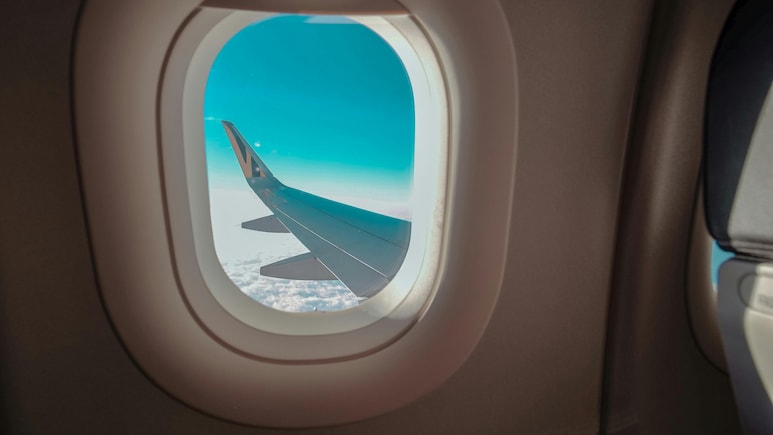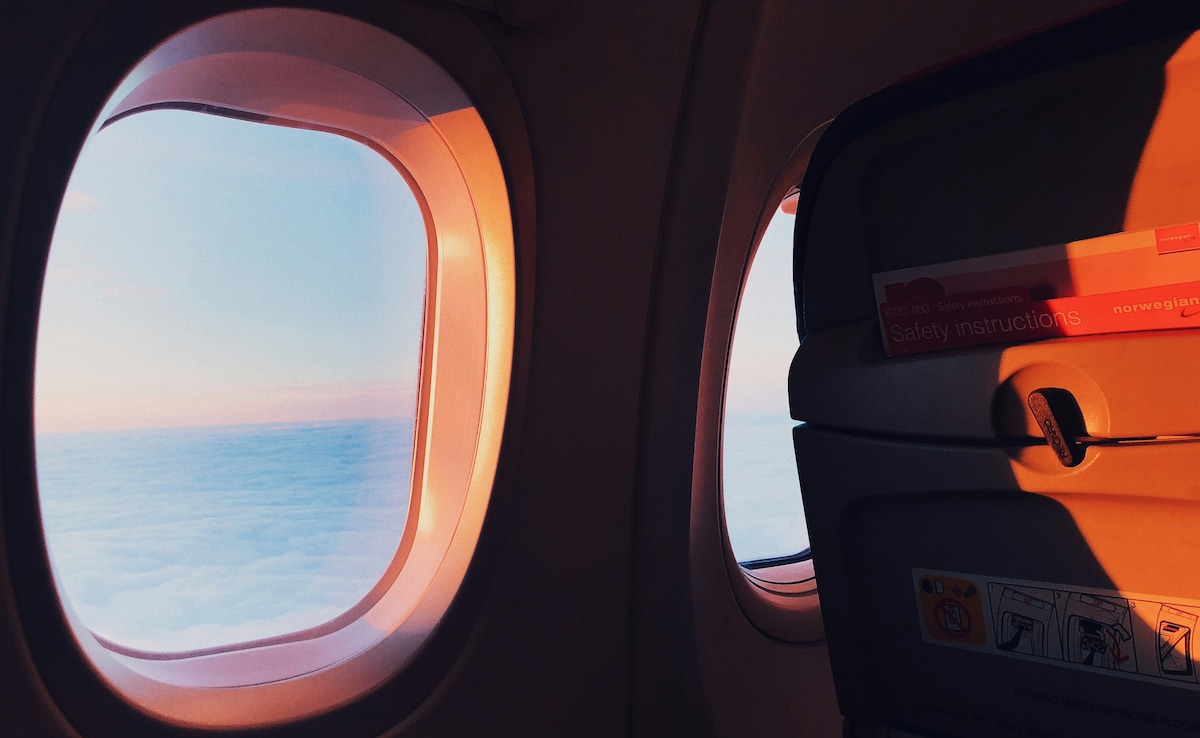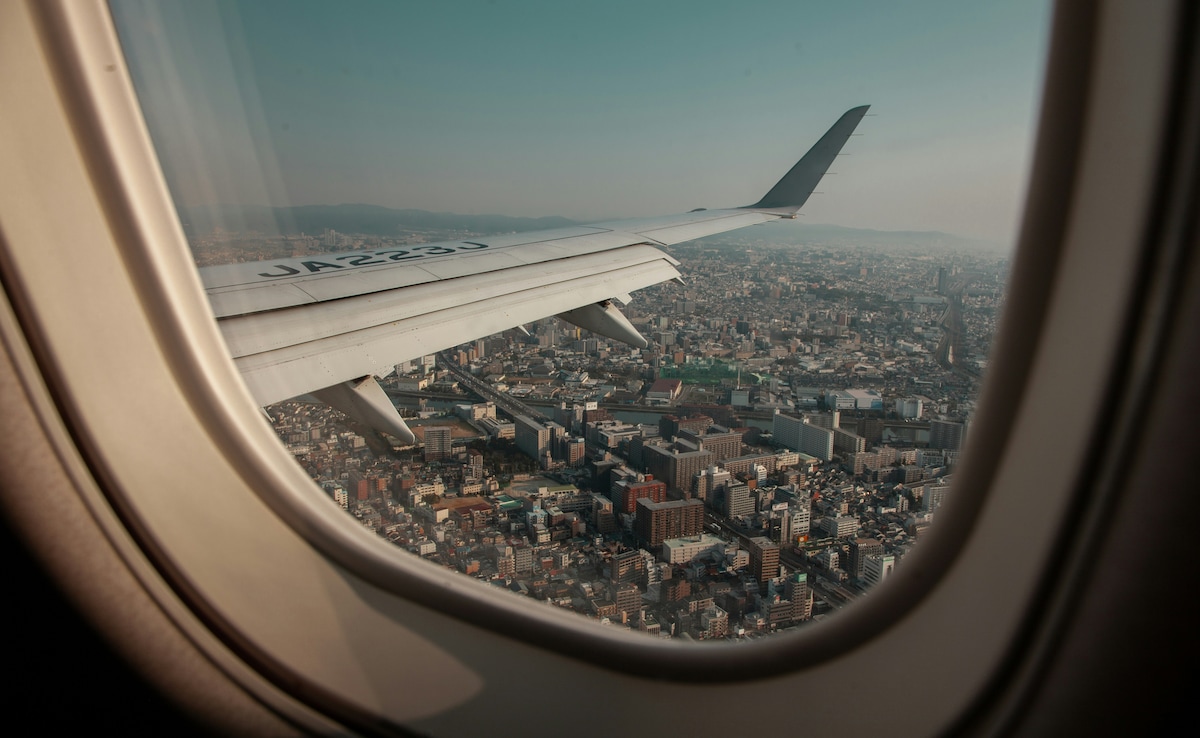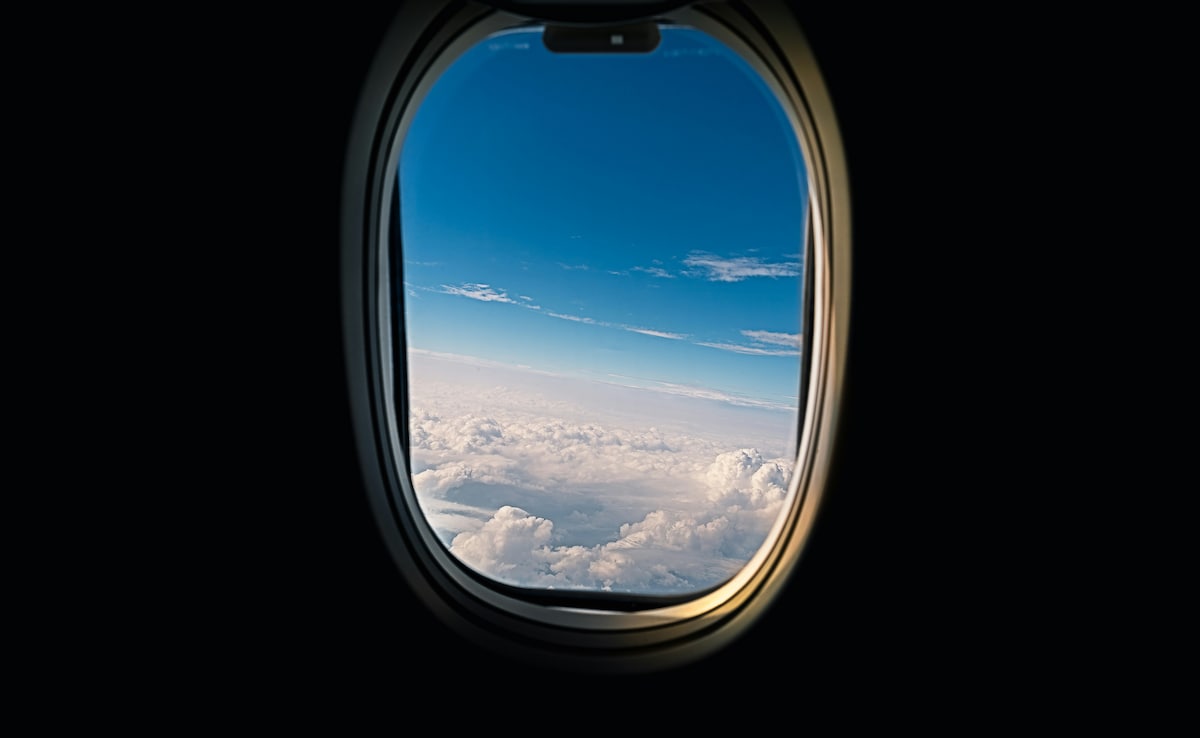
- The tiny breather hole balances air pressure between cabin and window layers
- It prevents moisture buildup, reducing fogging and frost on airplane windows
- The hole helps outer pane absorb pressure, maintaining window structural integrity
Have you ever gazed out of an airplane window during a flight and noticed the tiny holes on the pane? These small perforations might seem insignificant, but they play a crucial role in ensuring the safety and comfort of passengers. Airplane windows are designed to withstand extreme pressure changes, temperature fluctuations and other stresses associated with high-altitude flight. But what purpose do these tiny holes serve? Why are they an essential feature of modern aircraft design? Let's take a closer look at the fascinating story behind these tiny holes and explore their importance in aviation.
Also Read: Ever Wondered Why Airplanes Are Always White? Here Are 5 Reasons
Here Are The 5 Main Reasons Why Airplane Windows Have Tiny Holes:
1. Regulating Cabin Pressure
The tiny hole, known as a breather or bleed hole, helps balance air pressure between the cabin and the space between window layers. This reduces stress on the window and prevents damage. By equalising pressure, the outer pane takes the pressure load, preserving the strength of the inner layers. This design ensures the window's structural integrity and safety. The hole allows cabin air to flow between the window panes, maintaining pressure balance.

Photo Credit: Unsplash
2. Preventing Fogging And Frost
The breather hole prevents moisture buildup between window layers, reducing fogging and frost formation. This allows passengers to enjoy clear views during flight. The hole lets in just enough air to stop moisture from collecting, keeping the window clear. This is especially important when flying through cold and moist air. Clear windows improve visibility and comfort for passengers and flight crews.
3. Maintaining Structural Integrity
The bleed hole ensures the outer pane absorbs most of the pressure load, preventing unbalanced stress on the middle pane. This reduces the risk of cracks or deformation, maintaining the window's structure. By allowing pressure to equalise, the hole helps prevent window failure. The outer pane is designed to handle extreme pressure differences, and the bleed hole supports this design. This feature is crucial for safe flight operations.

Photo Credit: Unsplash
4. Ensuring Passenger Safety
The tiny hole plays a vital role in maintaining cabin safety by regulating pressure and preventing window damage. In the event of outer pane failure, the middle pane acts as a backup, and the bleed hole ensures pressure still flows as it should. This design feature prioritises passenger safety and comfort. By preventing window failure, it helps ensure a safe flying experience.
5. Reducing Window Damage
The breather hole helps reduce window damage by equalising pressure and preventing excessive stress on the window. This minimises the risk of cracks or shattering, especially during rapid climbs or descents. By maintaining pressure balance, the hole reduces the strain on the window, prolonging its lifespan. Regular maintenance checks on the hole are essential to ensure the window functions correctly.

Photo Credit: Unsplash
Curious About Airplane Structure And Functions? Explore These Fascinating Facts:
Why Are Airplane Windows Always Round?
Airplane windows are round because this shape helps to distribute pressure evenly. Unlike rectangular windows, round windows don't have sharp corners where stress can concentrate, reducing the risk of cracks and failure.
Why Are Cabin Lights Dimmed Before Landing?
Cabin lights are dimmed before landing to help passengers' eyes adjust to the darkness outside. This is especially important for night landings or in case of an emergency evacuation. By dimming the lights, passengers' eyes adapt more quickly to the dark, improving their ability to see.
Why Do Airplanes Dispose Of Fuel Before Landing?
Airplanes sometimes dispose of fuel before landing to reduce their weight and meet safer landing conditions. This is often necessary for emergency landings or when the plane needs to land at a weight below the maximum landing weight.
Also Read: 5 Fascinating Reasons Why Airplane Windows Are Round, Not Square
Why Are Electronic Devices In Airplane Mode During Flight?
Electronic devices are set to airplane mode during flight to prevent interference with the plane's communication and navigation systems. Although the impact of devices on modern aircraft is minimal, following this precaution ensures safety and compliance with aviation regulations.
So, the next time you fly, take a moment to appreciate the tiny holes in the airplane window.
Track Latest News Live on NDTV.com and get news updates from India and around the world

